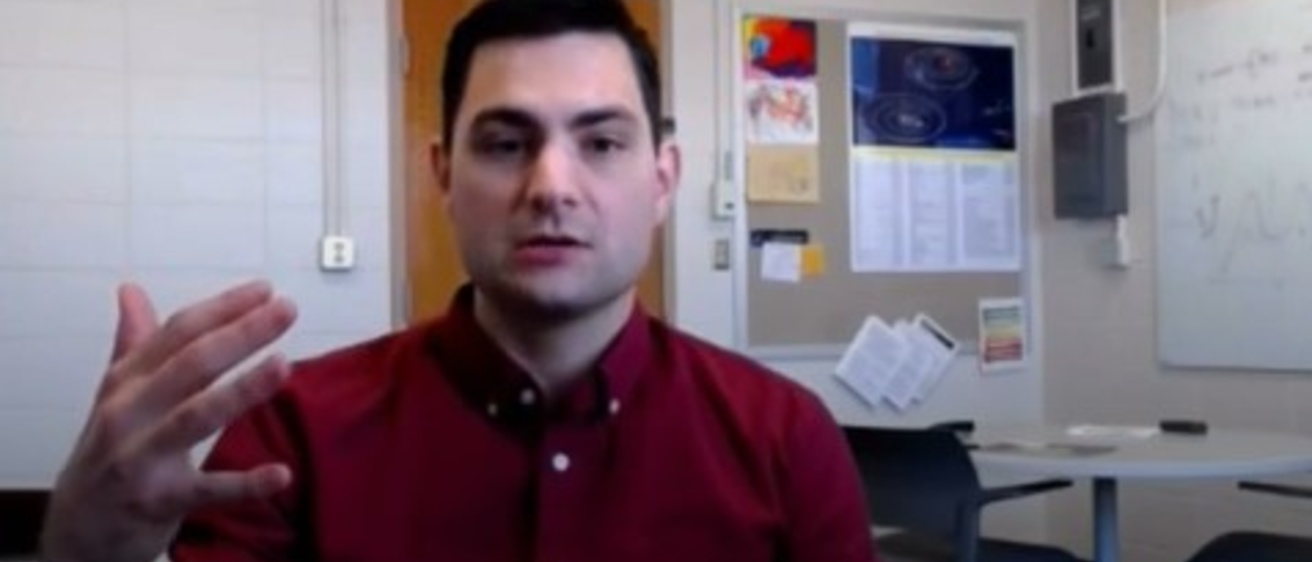On Monday Nov. 15, a Soviet-era satellite was destroyed by the Russian Federation ballistic missile causing a large cloud of debris to be generated, threatening the seven astronauts aboard the International Space Station including Cedar Falls, Iowa native NASA Astronaut Raja Chari.
“Hey mark sorry for the early call, we were recently informed of a satellite breakup," said NASA's Houston to the crew aboard the ISS. "We need you guys to start reviewing the safe-haven procedure.”
This anti-satellite test was quickly denounced by the us government due to the potential impact of this debris threatening other satellites, as well as human lives in orbit.
“A piece of debris that weights one pound moving at 17,000 mph is a really destructive force,” said Casey DeRoo, an associate professor of physics and astronomy at the University of Iowa.
The space debris generated by this military test can have real impacts to projects he and other researchers at UI are working on.
“On the day to day, when it comes to launching space-based instruments, running into orbital debris is just one of many things that you have to worry about," DeRoo said. "It’s one of these low-probability risks at least at this point, but with high impact. It takes one collision to destroy something that represents millions of dollar of investment.”
Latest measurements from LeoLabs, Inc. has found data sent to an orbit as high as 800km, to as low as 250km. This wide and tall cloud of debris poses a threat to the International Space Station as well as communication satellites like SpaceX Starlink and even weather satellites.
“Things are moving so fast, you actually don’t just encounter that debris field once a day, you encounter that debris field once every 60 to 120 minutes because you are co-orbiting,” DeRoo said.
This meant astronauts aboard the space station had to take cover for several consecutive hours due to the risk of debris ever orbit around the Earth.
In the short term, this had an impact, but given space around Earth is very large, the chance of an actual collision tends to be pretty slim. The concern however is the potential of one impact, leading to more debris, which could cause another impact – a domino effect filling the orbit around our planet with debris. A worst-case scenario known as the Kessler Syndrome.
“That space debris impacts other things that are in orbit generating more space debris," said DeRoo. "This is a runaway process in which we just litter Earth’s orbit with a bunch of space debris, that then knocks on and knocks on. That then makes it very difficult to engage in the kinds of commercial and military enterprises that we’ve come to just regularly do over the last 50-60 years.”
This could change low-Earth orbit forever if it gets too bad, limiting research and hurting forecasting capabilities.
“What are we doing to ensure that we actually can still utilize this resource for continued research," DeRoo said. "That’s the bigger existential question I worry about.”
